As already noted, the explanation and justification of enslavement by some human beings of others necessitates the creation of fictions of various sorts (Meillassoux), and this project will explore the dynamic contribution of literary works to these debates in the Early Modern period, beginning already in the sixteenth century (for example with the Essais of Montaigne). From the eighteenth century in particular, literature is used increasingly as a tool to explore the paradoxical fictions of enslavement (Seeber). At the time, the print trade was undergoing a revolution that created an unprecedented expansion in the readership of literary works; and in an age of sensibility, different forms of imaginative literature could play a crucial role in articulating and promoting a cause with an emotive appeal. Imaginative literature in the Enlightenment period is thus ideally placed to explore the unresolved questions and concerns about slavery and to communicate them to a broader public.
The challenge of depicting Africa and Africans in literature was a complex one, and early attempts to do this employ the form of travel literature; only later could works deal directly with enslavement and the slave trade (Diop). The Atlantic slave trade seemed all but unrepresentable in France before the 1770s, and the topic had to be approached through a series of literary filters, fictions and displacements, hence a sudden Enlightened interest in Peruvians, Incas and Aztecs. Dobie, for example, describes how Orientalism was used to circumvent direct discussion of the realities of slavery. Early discussions of enslaved persons often stuck with the abstracted ideal of the Rousseauian natural savage, and only later could writers of fiction describe African characters directly (Jean-François Butini, Lettres africaines, 1771; Florian, Sélico, nouvelle africaine, 1792; Jean-Baptiste Picquenard, Adonis, ou le bon nègre, 1798).
Questions of enslavement and servitude surface in a range of different literary genres. Prose fiction, with its growing preference for modes of realist depiction, was an obvious genre for these purposes. Aphra Behn’s pioneering novel Oronoko (1688), was influential beyond Britain: adapted into French in 1745 and republished in 1768, it exercised a direct influence on Saint-Lambert’s pioneering French story, Ziméo (1769). The theatre was another genre well placed to influence public opinion, and Aphra Behn’s Oronoko was transformed into a tragedy by Thomas Southerne (1695). Poetry too was turned to polemical ends: John Bicknell and Thomas Day wrote a long poem The Dying Negro: a poetical epistle, regarded as one of the earliest propagandist texts of the abolition movement in Britain; first published in 1773, it became a best seller, with a third edition appearing in 1775. To judge from the number of copies in circulation, a poem like The Dying Negro arguably had greater influence than a pamphlet like John Wesley’s Thoughts upon Slavery, published in London in 1774, and reprinted in Philadelphia.
The body of European literature dealing with enslavement reaches a point of critical mass by the end of the eighteenth century (see, for example, the abbé Grégoire’s De la littérature des nègres, 1808), and this paves the way for important prose works early in the following century, whether slave narratives from the New World, for example, or significant fictions in the French realist tradition, like Claire de Duras’s Ourika, or Victor Hugo’s Bug-Jargal.




